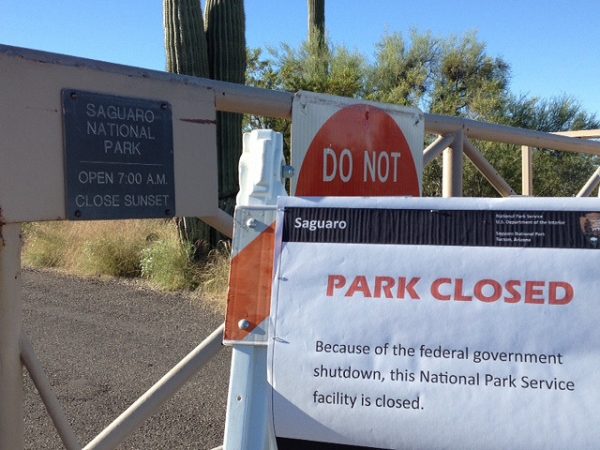
Originally posted October 15, 2013.
Government shutdowns are (thankfully) rare and tend to lead to a lot of calls to economists: what happens to the dollar on the international market? How do military towns and towns that rely on National Park tourism survive? Will companies screech to a halt while they wait for the FDA to get back to business? In the meantime, we might take this opportunity to remember the myriad ways in which all Americans are dependent upon the government.
Most people don’t realize they benefit from government programs.
- Suzanne Mettler. 2011. The Submerged State: How Invisible Government Policies Undermine American Democracy. University of Chicago Press.
- Suzanne Mettler. 2010. “Reconstituting the Submerged State: The Challenges of Social Policy Reform in the Obama Era.” Perspectives on Politics 8(3): 803-824.
In 2012, Mettler asserted 96% of Americans benefit from 21 specific government programs (not including those that affect all people equally, like road maintenance). These include “submerged” benefits (like tax breaks for mortgage interest) and direct benefits (like Medicaid). In Table 3 of the second citation, she shows that even some 44.1% of those receiving Social Security benefits answer “no” when asked if they “have used a government program.”
The government is instrumental in innovation.
- Fred Block and Matthew R. Keller (eds). 2011. State of Innovation: The U.S. Government’s Role in Technology Development. Paradigm Publishers.
- Fred Block and Matthew R. Keller. 2009. “Where Do Innovations Come From? Transformations in the U.S. Economy, 1970-2006.” Socio-Economic Review 7(3): 459-483.
Fred Block and Matthew Keller sum up some of their research in a Scholars’ Strategy Network brief on government as the main driver of innovation. Using data from R&D‘s annual top 100 breakthroughs list, in 2006 they identified 88 winners with some government support, 77 of which relied on federal dollars and 42 of which came directly out of federally-sponsored labs. They also focus on a program started by Ronald Regan’s Administration that, today, provides up to 6,000 loans ($2 billion or so) annually to small businesses trying to commercialize new tech.
